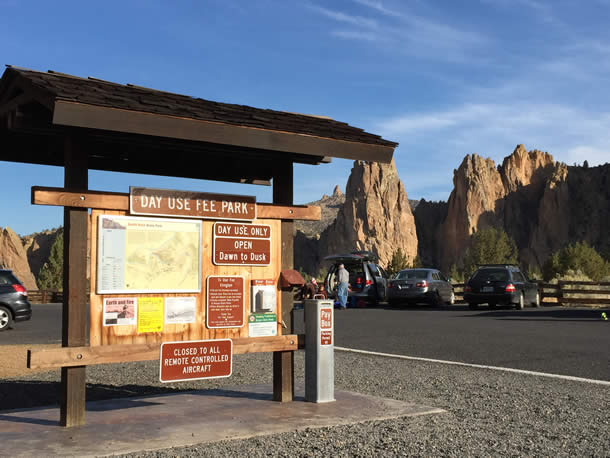Well, maybe not, but recent media coverage has created a lot of noise over drones being used in the skies of our backcountry and wilderness areas. Drones are more formally known as Unmanned Aircraft Vehicles (UAVs, the terminology we will use in this article) or Unmanned Aerial Systems (UASs). The Federal Aviation Administration (FAA), the Federal Communications Commission (FCC), and many citizens and citizen groups have begun establishing positions regarding the use of UAVs -- and many of these positions are in conflict. The process of developing these positions has raised a number of questions about UAV activities. Are amateur UAV users and recreational flyers intruding into our privacy and contaminating our experiences of the outdoor environment? Is there a place for drones flown by the hobbyist, the local SAR team, the civil authorities, the nature photographer, or even for businesses like Amazon to make deliveries?
Local media releases have further complicated such questions. As recently as this August, CNN documented the story of a hobbyist UAV flyer who crashed his drone aircraft into the Grand Prismatic Spring of Yellowstone National Park. UAVs are already banned from flying over any of the National Park Service's 81 million acres. Earlier this year, an Associated Press report described an Ohio UAV operator who was fined for "interfering" with the landing of a helicopter attempting to evacuate a victim from a motor vehicle collision. Questions regarding safety and increasingly novice operators have been raised.
Despite the negative reports flying about, there is also evidence that UAVs can be helpful in assisting those in need. While the FAA restricts local and state agencies from flying the UAVs, various cases exist where volunteer UAV flyers have proven helpful during rescue operations. One example involves a hobbyist UAV pilot using his aircraft to help locate a missing dementia patient. Another example of service was seen in June, when a UAV utilizing thermal imagery helped find flood victims in Memphis.
Aside from exemptions for hobbyist UAV flyers, the current FAA policy does not allow for volunteer, commercial, or state agencies to use these tools without further licensing or training. In fact, recent legislation has mandated that any commercial use of UAVs will require a full private pilot license! Multiple state legislatures have attempted to exercise their own restrictions, but the ultimate authority of the entire US Airspace is under the jurisdiction of the FAA. As of February 2013, the FAA had issued UAV licensing permits to approximately 100 government entities and universities. Since that time the number of petitions and applications for licensure has dramatically grown. Recent events have suggested that licenses may become more easily obtainable. The Motion Picture Association of America petitioned the FAA for trained and certified film crews to establish flight plans in "sterile" airspace allowing the commercial use of UAVs in the development of film projects. Amazon has released statements that their R&D team is working on delivering products via UAV technology. The ability to circumvent the grid-based road patterns and limitations of traffic systems would allow for unprecedented improvements in efficient product delivery to consumers. Such an implementation of technology would have to give careful consideration to flight plan development to avoid the mishaps and inadvertent UAV crashes that have already been demonstrated by the trained and experienced pilots of the US military.
Certainly, the availability of UAVs for recreational, public service, and commercial users seems to be growing. This growth requires careful consideration of licensing, monitoring, and oversight to responsibly insure the safety of the population. These devices have, however, demonstrated themselves to be a valuable resource in their observational and delivery capabilities. Their application in the wilderness medicine environment has been barely explored.

While recreational UAV flyers have, so far, been able to maintain their access to this technology under the current FAA guidelines, significant limitations remain in place. Without judicious care, recreationalists are susceptible to pending discriminatory legislation that would specifically affect UAV flyers in the commercial and civil sectors of operation.
The access of this technology to state and municipal agencies in their performance of their civic duties needs to be carefully considered. Unfortunately, state and municipal agencies have sometimes been legislatively lumped together with recreationalists and been submitted to undue restrictions upon these authorities that serve our citizenry. These restrictions certainly would have an effect on wilderness medicine and rescue applications which, as of yet, have not been fully explored.
At this point, the limitations seem at the surface level to be in place as the result of an unregulated training program, ill-defined airspace for these types of aircraft, and the potential that they may contribute more harm than good. As members of the Wilderness Medical Society who advocate for wilderness patients, there is a great opportunity to step forward as authorities in this environment. Consideration should be made to the use of this technology to serve those in the wilderness and backcountry environment, or at the very least to explore this possibility. The attached video showcases a dramatization of the technology that could be put to place if the infrastructure existed to provide reasonable oversight and license.